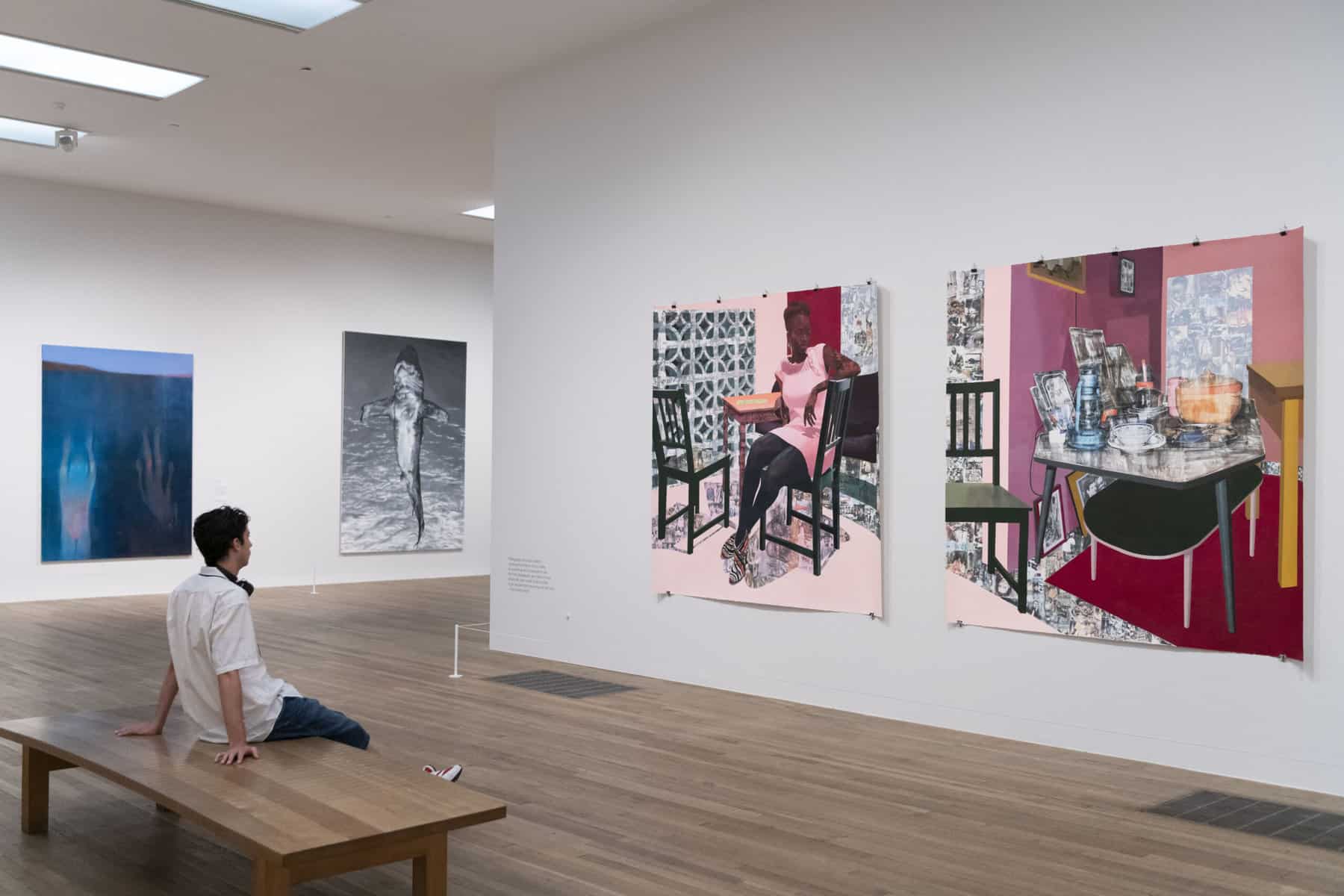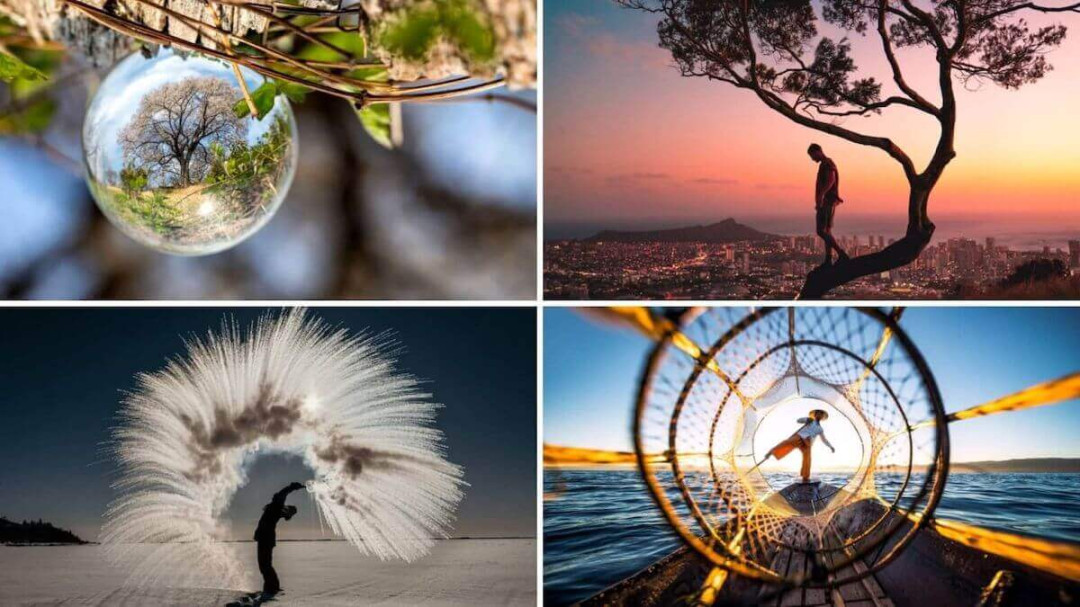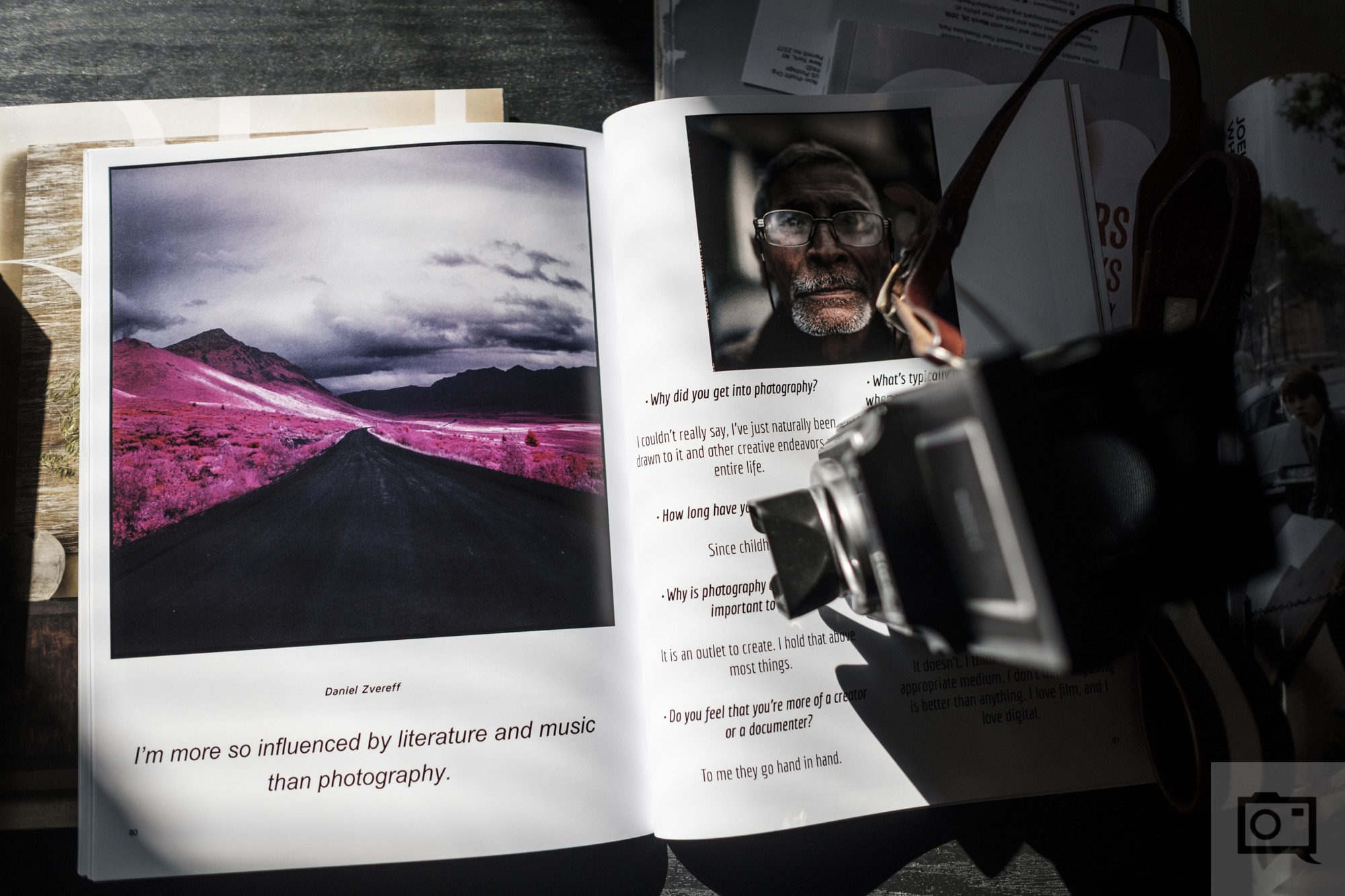Capturing the Art: Unmasking Modern Photography Techniques and Trends

24-12-2024, 16:35 Admin 2 888 0
Photography, as an art form, has evolved significantly with the advancement of technology. The industry's current transformation sees a convergence of traditional aesthetics with cutting-edge technological innovation. This integration has unmasked and introduced an array of modern photography techniques and trends that can shape, create, and redefine photographic narratives.
One of the groundbreaking evolutions in photography brought about by technology is computational photography. This technique combines the power of modern digital cameras with algorithms to deliver superior quality images. One example of computational photography, HDR (High Dynamic Range), is revolutionizing the industry. HDR combines multiple photographs shot at varying exposures, creating a single image with incredible depth, details, and colors. Despite the complex procedure, technology makes it significantly efficient for photographers to engage with this mechanism.
Digital noise reduction through AI is another technology shaping photography. Noise, unwanted distortion in images, always posed a challenge to photographers, especially in low-light photography. Now, AI-trained algorithms can detect and eliminate digital noise, bringing clarity to the images taken in sub-optimal conditions. No longer do photographers need to carry bulky tripods or external light sources. This reduces the physical toll and enhances operational efficiency.
VR (Virtual Reality) and AR (Augmented Reality) have also found their footing in photography. For instance, VR photography creates immersive experiences where viewers feel as if they're inside the photograph, providing fascinating dimensions to exploratory or landscape photography. On the other hand, AR lets photographers experiment with their shooting environments – adding or removing elements, just by manipulating data in their AR devices, leading to impeccably composed photographs with minimal physical effort.
The rise of drones has catalyzed an aerial revolution in photography. The perspective from high above has become accessible and commonplace, overturning the limits of ground-based photography. It’s an enticing blend of technology and art that has spawned new expressions like drone portraiture and landscape photography, making stunning aerial snaps a new norm.
Lastly, the trend of mobile photography, boosted by cloud-based applications and platforms, promotes the creation and sharing of digital content at an unprecedented pace. Fueled by ever-improving smartphone cameras and photo-editing apps, mobile photography offers spontaneity and accessibility. It opens a pathway for everyone to partake in photographic creation, shaping public perception and prompting professionals to think creatively.
The landscape of photography is shifting swiftly, propelled by path-breaking technologies. The amalgamation of traditional aesthetics with tech advancements – be it computational photography, AI-based noise reduction, VR and AR applications, drone or mobile photography – has resulted in a fascinating array of techniques that are progressively shaping the future of this creative medium. As photographers adapt to these changes, the canvas of human expression widens, delivering immersive, high-quality images that captivate the viewer's senses while optimizing the efficiency of photographic practice.
One of the groundbreaking evolutions in photography brought about by technology is computational photography. This technique combines the power of modern digital cameras with algorithms to deliver superior quality images. One example of computational photography, HDR (High Dynamic Range), is revolutionizing the industry. HDR combines multiple photographs shot at varying exposures, creating a single image with incredible depth, details, and colors. Despite the complex procedure, technology makes it significantly efficient for photographers to engage with this mechanism.
Digital noise reduction through AI is another technology shaping photography. Noise, unwanted distortion in images, always posed a challenge to photographers, especially in low-light photography. Now, AI-trained algorithms can detect and eliminate digital noise, bringing clarity to the images taken in sub-optimal conditions. No longer do photographers need to carry bulky tripods or external light sources. This reduces the physical toll and enhances operational efficiency.
VR (Virtual Reality) and AR (Augmented Reality) have also found their footing in photography. For instance, VR photography creates immersive experiences where viewers feel as if they're inside the photograph, providing fascinating dimensions to exploratory or landscape photography. On the other hand, AR lets photographers experiment with their shooting environments – adding or removing elements, just by manipulating data in their AR devices, leading to impeccably composed photographs with minimal physical effort.
The rise of drones has catalyzed an aerial revolution in photography. The perspective from high above has become accessible and commonplace, overturning the limits of ground-based photography. It’s an enticing blend of technology and art that has spawned new expressions like drone portraiture and landscape photography, making stunning aerial snaps a new norm.
Lastly, the trend of mobile photography, boosted by cloud-based applications and platforms, promotes the creation and sharing of digital content at an unprecedented pace. Fueled by ever-improving smartphone cameras and photo-editing apps, mobile photography offers spontaneity and accessibility. It opens a pathway for everyone to partake in photographic creation, shaping public perception and prompting professionals to think creatively.
The landscape of photography is shifting swiftly, propelled by path-breaking technologies. The amalgamation of traditional aesthetics with tech advancements – be it computational photography, AI-based noise reduction, VR and AR applications, drone or mobile photography – has resulted in a fascinating array of techniques that are progressively shaping the future of this creative medium. As photographers adapt to these changes, the canvas of human expression widens, delivering immersive, high-quality images that captivate the viewer's senses while optimizing the efficiency of photographic practice.
Related News
Leave a Comment


